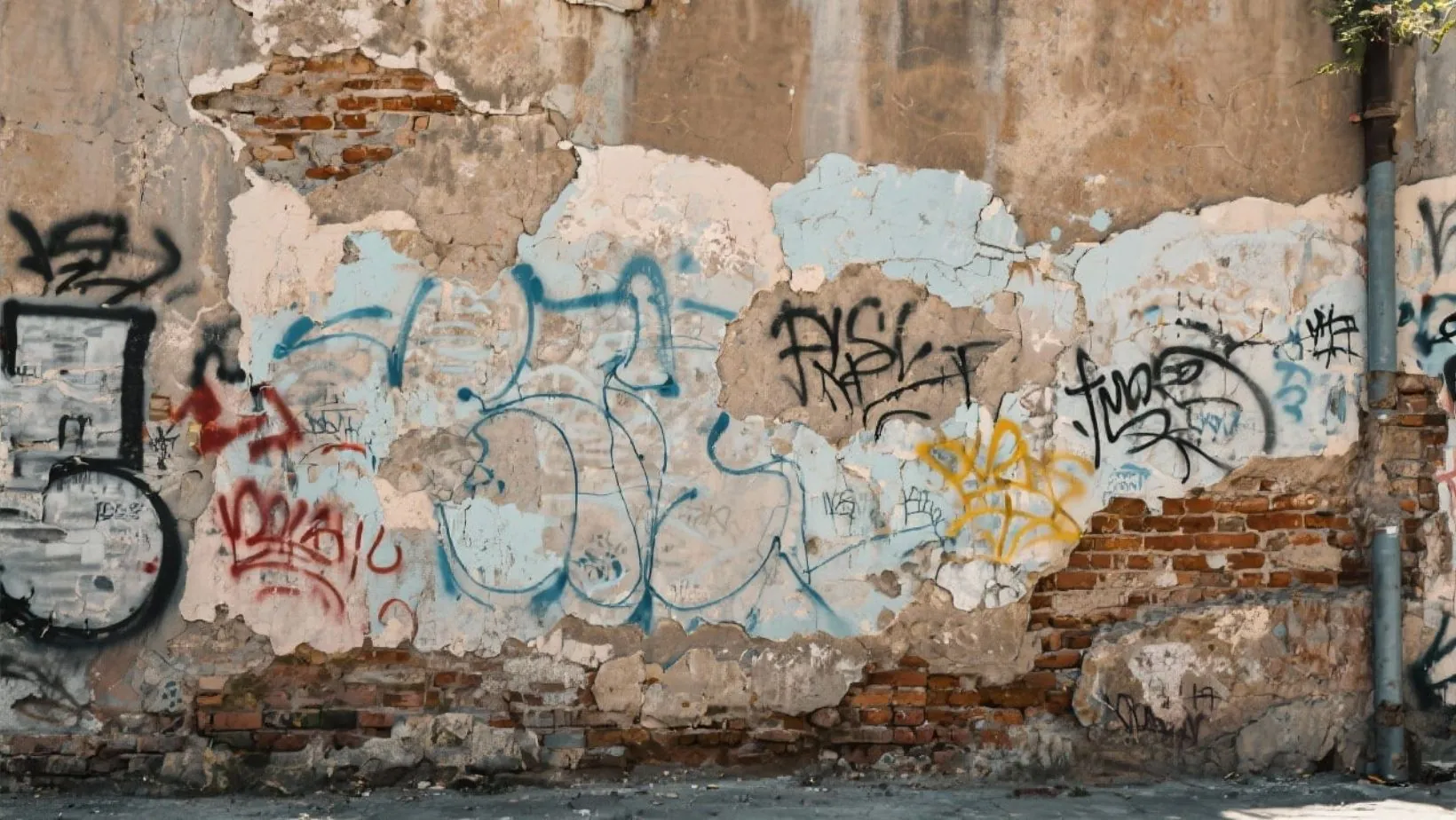At first glance, Podgorica seems quiet, almost reserved, like a city that does not insist on being noticed. Yet behind its simple façades, stories emerge that sound louder than any mainstream festival. Locals speak about live concerts tucked into cellars, unannounced street artists near the Morača river, sudden nightlife dramas that echo across bridges, and even unexpected whispers tied to escort Рodgorica — small fragments of rumor layered into the same texture of subcultural life. These details collide and intertwine, shaping an atmosphere where silence hides noise, and ordinary streets hold unfinished tales.
A Map of Scandals That Do Not Reach the Front Pages
Lesser-known European cities rarely make the breaking news ticker. Their scandals and artistic disputes stay local, whispered over coffee and transforming into anecdote. Yet, these episodes define the pulse of each place.
Take Košice in eastern Slovakia: once, an avant-garde theatre performance was accused of being “too modern” by city officials, triggering a small protest near the main square. Such disputes rarely grow into national stories, but for weeks they dominate conversations in cafés.
In Trieste, Italy, a scandal broke around a minor film festival when jury members accused each other of favoritism, resulting in the screening of half the scheduled program. Spectators did not hide their disappointment, and local newspapers turned it into satire rather than outrage.
Meanwhile, in Plovdiv, Bulgaria, street murals were erased overnight by an anonymous group who claimed the works were too political. The controversy was not whether this was crime or activism, it was the silence of institutions that made the scandal so piercing.
When Entertainment Turns into Identity
What makes these scandals stand out is not the act itself but the way a city reacts to them. For places less burdened by mass tourism, entertainment becomes a form of identity.
Key observations:
- Košice treats theatre like a conversation, not an industry.
- Trieste turns even trivial disputes into part of its satirical tradition.
- Podgorica allows whispers and unspoken rumors to linger, adding to its aura.
- Plovdiv sees public art as a battleground over memory and identity.
- Graz, Austria quietly absorbs controversy — minimal official response, but long public memory.
- Mostar, Bosnia and Herzegovina, transforms spontaneous concerts into urban legends, sometimes overshadowed by disputes over permits.
- Leeuwarden, Netherlands, embraces small scandals as catalysts for curiosity, not warnings.
Each of these reveals how scandal is not just disruption but part of the cultural bloodstream that makes these places breathe differently from the giant capitals.
Detailed Snapshots
Podgorica, Montenegro: The most vivid stories are rarely written down. A singer disappearing mid-performance, gossip of sudden departures, the aura of unfinished moments.
Košice, Slovakia: Amateur circus performers parading unannounced through the squares caused confusion and amusement, until the police simply laughed and joined the crowd.
Trieste, Italy: A cabaret show ended with the stage collapsing due to poor setup. Nobody was harmed, but for decades locals recall the moment as if it were a grand cultural scandal.
Plovdiv, Bulgaria: The cover-up of murals triggered a chain reaction of underground exhibitions, held secretly at abandoned warehouses.
Mostar, Bosnia and Herzegovina: Rumors claimed a famous guitarist set fire to his own amplifier during rehearsal just to “test acoustics.” It never appeared in newspapers, yet the story repeated itself endlessly.
What Makes These Headlines Resonate Locally
Scandals in smaller cities are about scale and intimacy. They are not diluted by international attention; instead, they remain sharp, close, and personal. A theatre misstep, a contested mural, or a vanishing act turns into folklore in days.
The rhythm is always the same:
- A sudden unexpected act.
- Shock confined to a few streets, sometimes one square.
- Silent debates that last longer than the initial incident.
- Transformation of the story into memory — half fact, half myth.
This cycle repeats endlessly, shaping how locals perceive their place in the wider European cultural map.
Final Thoughts
These cities rarely seek the spotlight, yet their internal conversations, their scandals and bursts of entertainment, form a parallel Europe. It is quieter, but in that quiet rests a sharper sense of presence. Each misstep on a creaking stage, each erased mural, each rumor whispered by the riverside becomes not just a story but a layer of identity.
In the distance from global headlines, the lesser-known finds its strength not in perfection, but in the way it remembers its own imperfections.




